Audi 2015 Annual Report Download - page 176
Download and view the complete annual report
Please find page 176 of the 2015 Audi annual report below. You can navigate through the pages in the report by either clicking on the pages listed below, or by using the keyword search tool below to find specific information within the annual report.-
 1
1 -
 2
2 -
 3
3 -
 4
4 -
 5
5 -
 6
6 -
 7
7 -
 8
8 -
 9
9 -
 10
10 -
 11
11 -
 12
12 -
 13
13 -
 14
14 -
 15
15 -
 16
16 -
 17
17 -
 18
18 -
 19
19 -
 20
20 -
 21
21 -
 22
22 -
 23
23 -
 24
24 -
 25
25 -
 26
26 -
 27
27 -
 28
28 -
 29
29 -
 30
30 -
 31
31 -
 32
32 -
 33
33 -
 34
34 -
 35
35 -
 36
36 -
 37
37 -
 38
38 -
 39
39 -
 40
40 -
 41
41 -
 42
42 -
 43
43 -
 44
44 -
 45
45 -
 46
46 -
 47
47 -
 48
48 -
 49
49 -
 50
50 -
 51
51 -
 52
52 -
 53
53 -
 54
54 -
 55
55 -
 56
56 -
 57
57 -
 58
58 -
 59
59 -
 60
60 -
 61
61 -
 62
62 -
 63
63 -
 64
64 -
 65
65 -
 66
66 -
 67
67 -
 68
68 -
 69
69 -
 70
70 -
 71
71 -
 72
72 -
 73
73 -
 74
74 -
 75
75 -
 76
76 -
 77
77 -
 78
78 -
 79
79 -
 80
80 -
 81
81 -
 82
82 -
 83
83 -
 84
84 -
 85
85 -
 86
86 -
 87
87 -
 88
88 -
 89
89 -
 90
90 -
 91
91 -
 92
92 -
 93
93 -
 94
94 -
 95
95 -
 96
96 -
 97
97 -
 98
98 -
 99
99 -
 100
100 -
 101
101 -
 102
102 -
 103
103 -
 104
104 -
 105
105 -
 106
106 -
 107
107 -
 108
108 -
 109
109 -
 110
110 -
 111
111 -
 112
112 -
 113
113 -
 114
114 -
 115
115 -
 116
116 -
 117
117 -
 118
118 -
 119
119 -
 120
120 -
 121
121 -
 122
122 -
 123
123 -
 124
124 -
 125
125 -
 126
126 -
 127
127 -
 128
128 -
 129
129 -
 130
130 -
 131
131 -
 132
132 -
 133
133 -
 134
134 -
 135
135 -
 136
136 -
 137
137 -
 138
138 -
 139
139 -
 140
140 -
 141
141 -
 142
142 -
 143
143 -
 144
144 -
 145
145 -
 146
146 -
 147
147 -
 148
148 -
 149
149 -
 150
150 -
 151
151 -
 152
152 -
 153
153 -
 154
154 -
 155
155 -
 156
156 -
 157
157 -
 158
158 -
 159
159 -
 160
160 -
 161
161 -
 162
162 -
 163
163 -
 164
164 -
 165
165 -
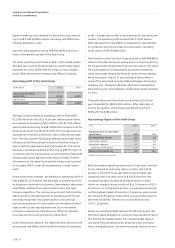 166
166 -
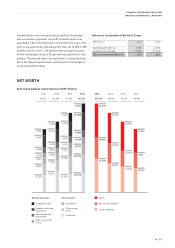 167
167 -
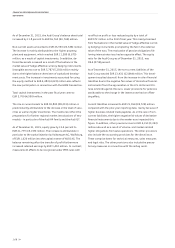 168
168 -
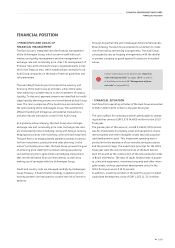 169
169 -
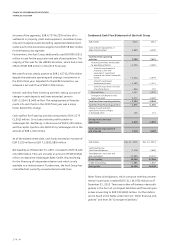 170
170 -
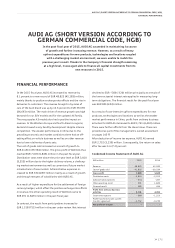 171
171 -
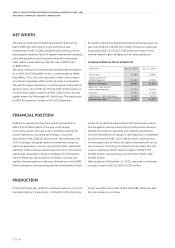 172
172 -
 173
173 -
 174
174 -
 175
175 -
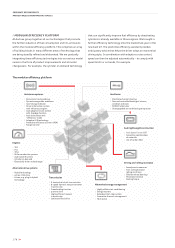 176
176 -
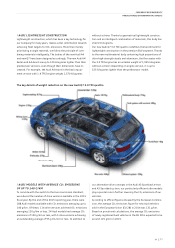 177
177 -
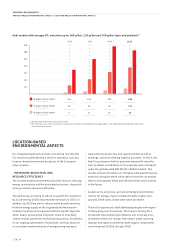 178
178 -
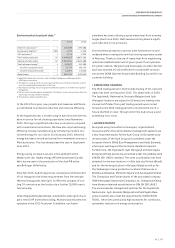 179
179 -
 180
180 -
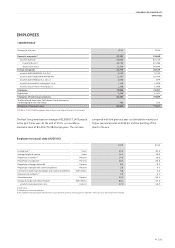 181
181 -
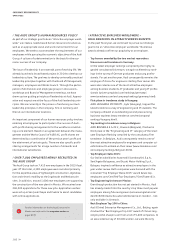 182
182 -
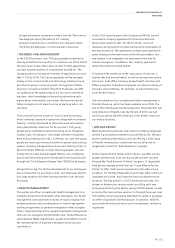 183
183 -
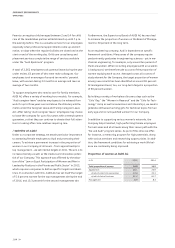 184
184 -
 185
185 -
 186
186 -
 187
187 -
 188
188 -
 189
189 -
 190
190 -
 191
191 -
 192
192 -
 193
193 -
 194
194 -
 195
195 -
 196
196 -
 197
197 -
 198
198 -
 199
199 -
 200
200 -
 201
201 -
 202
202 -
 203
203 -
 204
204 -
 205
205 -
 206
206 -
 207
207 -
 208
208 -
 209
209 -
 210
210 -
 211
211 -
 212
212 -
 213
213 -
 214
214 -
 215
215 -
 216
216 -
 217
217 -
 218
218 -
 219
219 -
 220
220 -
 221
221 -
 222
222 -
 223
223 -
 224
224 -
 225
225 -
 226
226 -
 227
227 -
 228
228 -
 229
229 -
 230
230 -
 231
231 -
 232
232 -
 233
233 -
 234
234 -
 235
235 -
 236
236 -
 237
237 -
 238
238 -
 239
239 -
 240
240 -
 241
241 -
 242
242 -
 243
243 -
 244
244 -
 245
245 -
 246
246 -
 247
247 -
 248
248 -
 249
249 -
 250
250 -
 251
251 -
 252
252 -
 253
253 -
 254
254 -
 255
255 -
 256
256 -
 257
257 -
 258
258 -
 259
259 -
 260
260 -
 261
261 -
 262
262 -
 263
263 -
 264
264 -
 265
265 -
 266
266 -
 267
267 -
 268
268 -
 269
269 -
 270
270 -
 271
271 -
 272
272 -
 273
273 -
 274
274 -
 275
275 -
 276
276 -
 277
277 -
 278
278 -
 279
279 -
 280
280 -
 281
281 -
 282
282 -
 283
283 -
 284
284 -
 285
285 -
 286
286 -
 287
287 -
 288
288 -
 289
289 -
 290
290 -
 291
291 -
 292
292 -
 293
293 -
 294
294 -
 295
295 -
 296
296 -
 297
297 -
 298
298 -
 299
299 -
 300
300
 |
 |
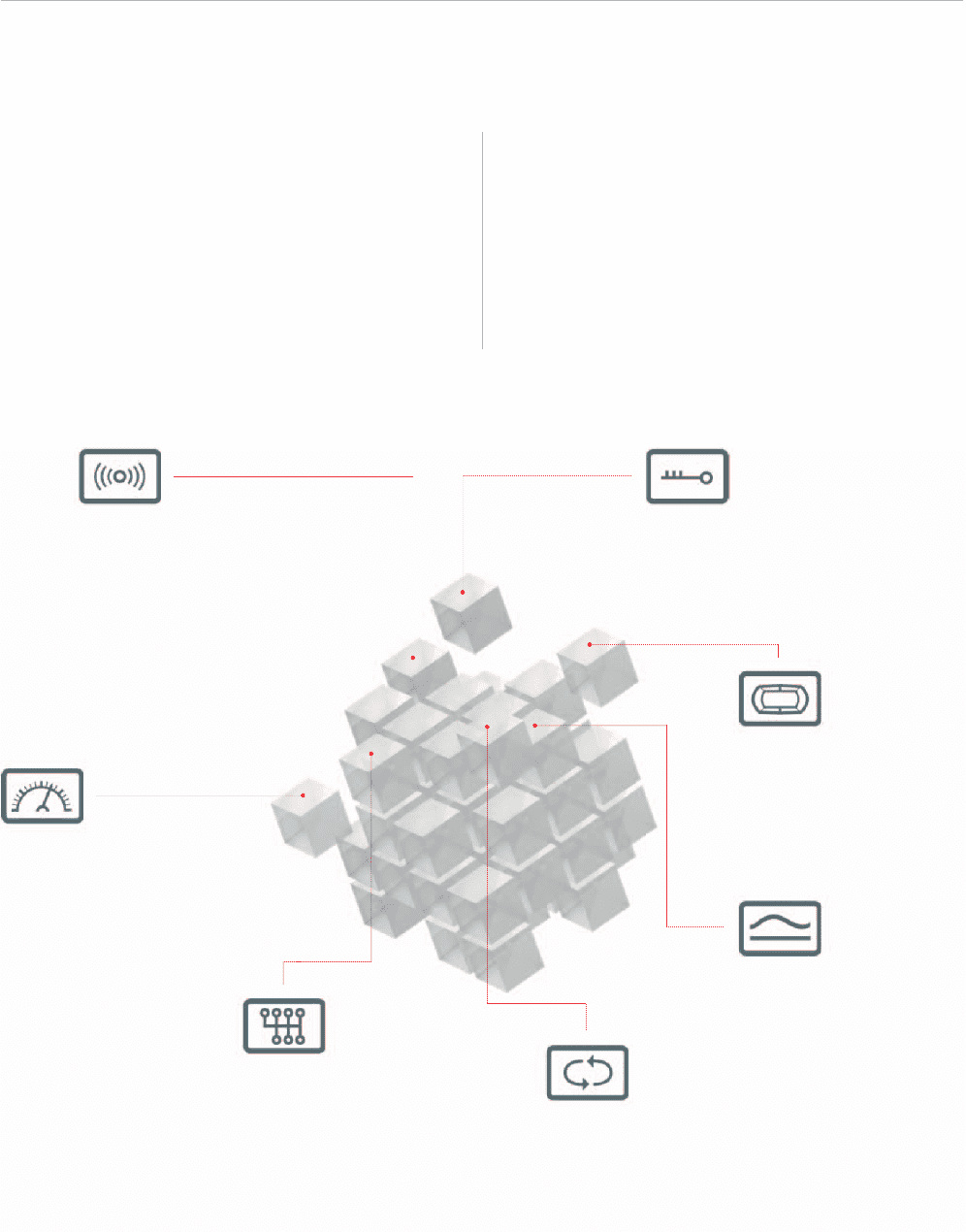
CORPORATE RESPONSIBILITY
PRODUCT-BASED ENVIRONMENTAL ASPECTS
176
>>
Transmission
>S tronic dual-clutch transmission
>8-speed tiptronic torque-converter
transmission
>Freewheeling function
>quattro ultra
>Highly efficient manual
transmission
>Optimized final drive
Networked energy management
>Highly efficient air conditioning
>Energy recovery
>Extended start-stop system
>Innovative thermal management
>Heat pump
Assistance systems
>Economical route guidance
>Dynamic congestion avoidance
>Gear-change indicator
>Driver information system
with efficiency program
>Audi adaptive cruise control
with stop&go function
>Audi drive select with
“efficiency” mode
>Adaptive LED technology
>Predictive efficiency assistant (PEA)
>Range monitor
Engines
>TDI
>FSI
>TFSI
>Miller combustion process
>Audi valvelift system
>Cylinder on demand
>Electrically driven turbocharger
Alternative drive systems
>Hybrid technology
>g-tron; CNG drive
>e-tron; e.g. plug-in-hybrid
technology
Ancillaries
>Electromechanical steering
>Demand-controlled heating of mirrors,
windows and seats
>MOSFET alternator
>Disengageable air conditioning compressor
Audi lightweight construction
>Audi Space Frame (ASF)
>Innovative combinations
of materials
>Use of carbon fiber
Driving and rolling resistance
>Aerodynamic measures
>Tires with optimized
rolling resistance
>Efficient wheel bearings
>Minimized residual
braking torque
/MODULAR EFFICIENCY PLATFORM
At Audi we group together all our technologies that promote
the further reduction of fuel consumption and CO
2
emissions
within the modular efficiency platform. This comprises an array
of building blocks in many different areas of technology that
are being steadily refined and elaborated. We are gradually
integrating these efficiency technologies into our various model
series in the form of product improvements and at model
changeovers. For example, the cylinder on demand technology
that can significantly improve fuel efficiency by deactivating
cylinders is already available in three engines. We brought a
further efficiency technology onto the market last year in the
new Audi Q7. The predictive efficiency assistant provides
anticipatory advice that helps the driver adopt an economical
driving style. In combination with adaptive cruise control,
speed can then be adjusted automatically – to comply with
speed limits or on bends, for example.
The modular efficiency platform
